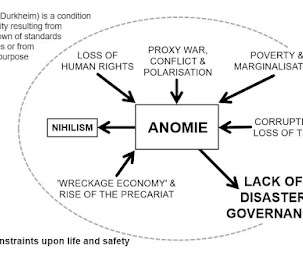Make Rapid-Fire Reporting Standards Work for You
FS-ISAC
JUNE 30, 2022
With the stated goal of improving India’s “cybersecurity resilience and foreign relations,” the directive calls for all corporate and government organizations, service providers, intermediaries, and data centers operating in India to report incidents from major cyberattacks to identity theft, phishing, bots, and fake mobile apps.













Let's personalize your content